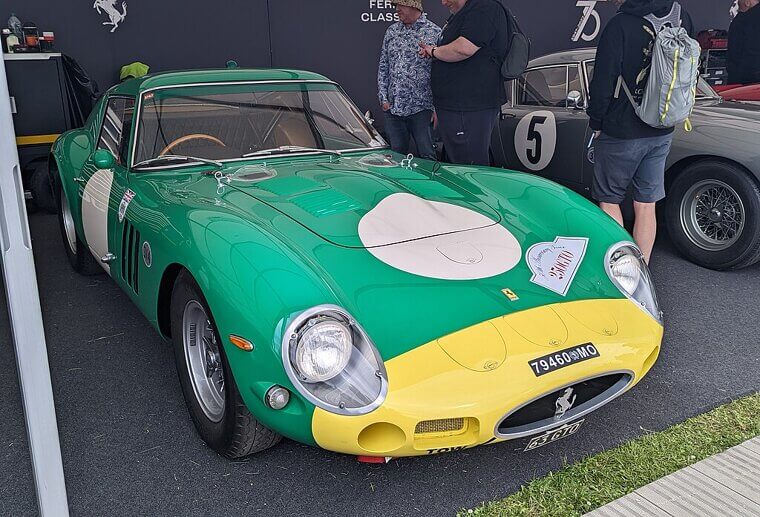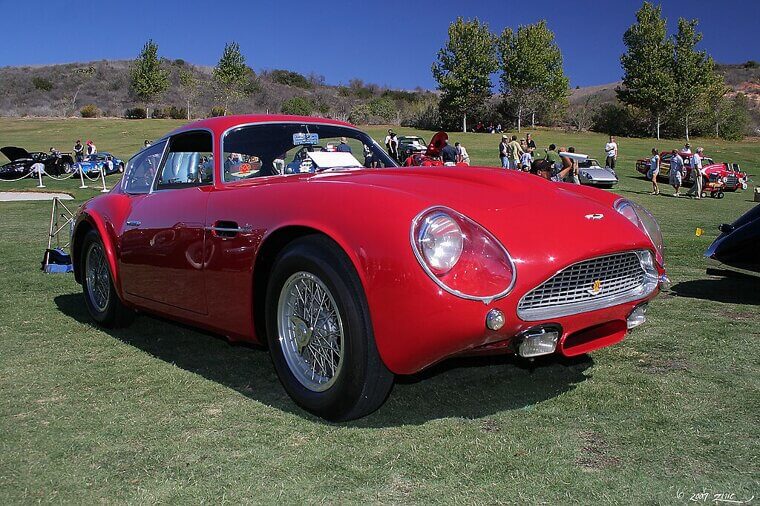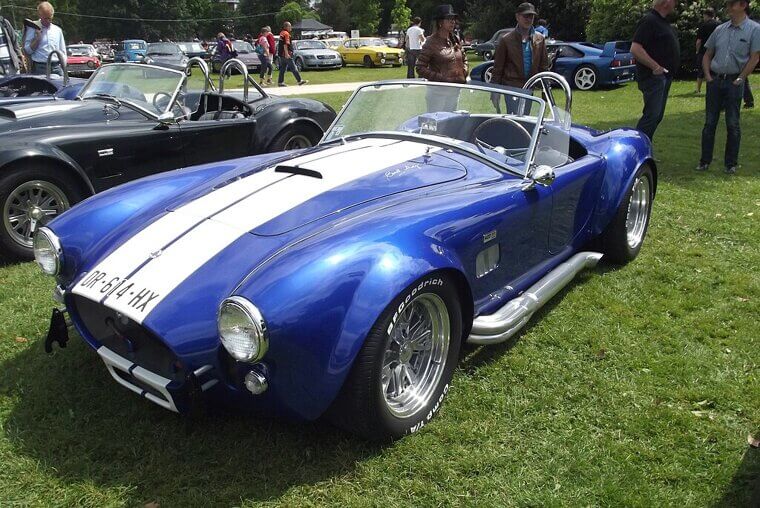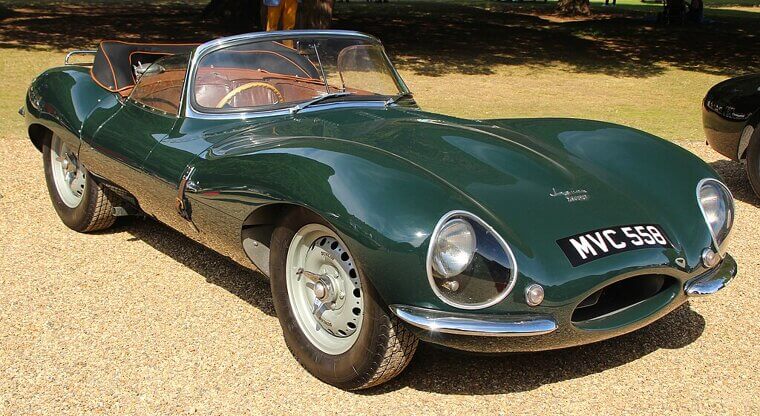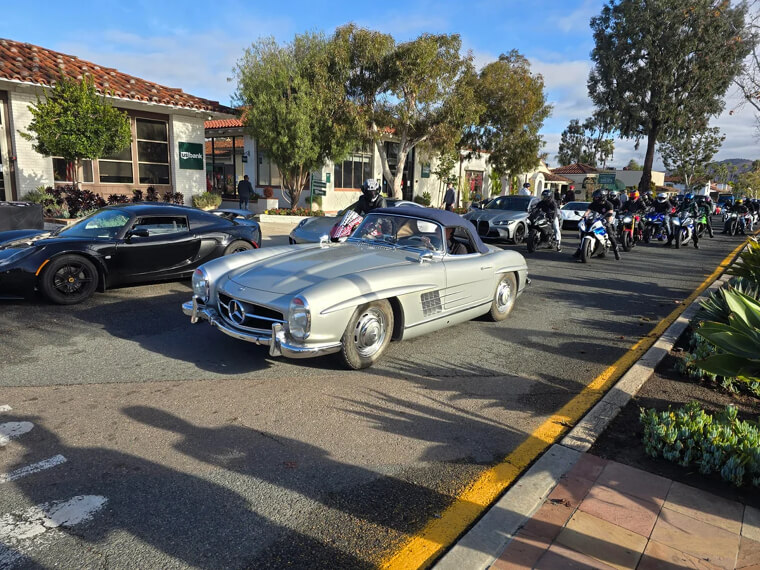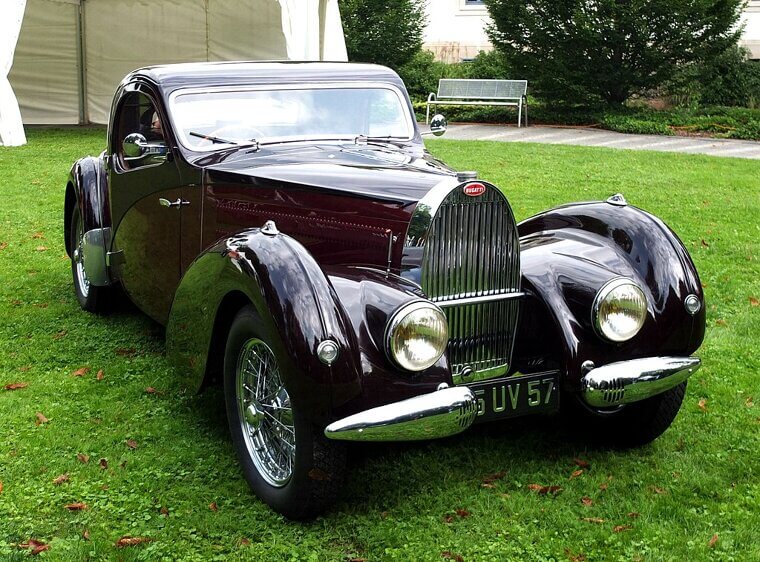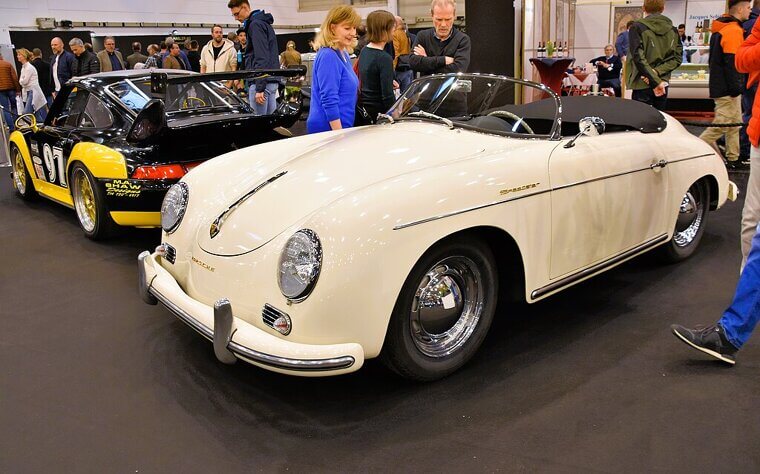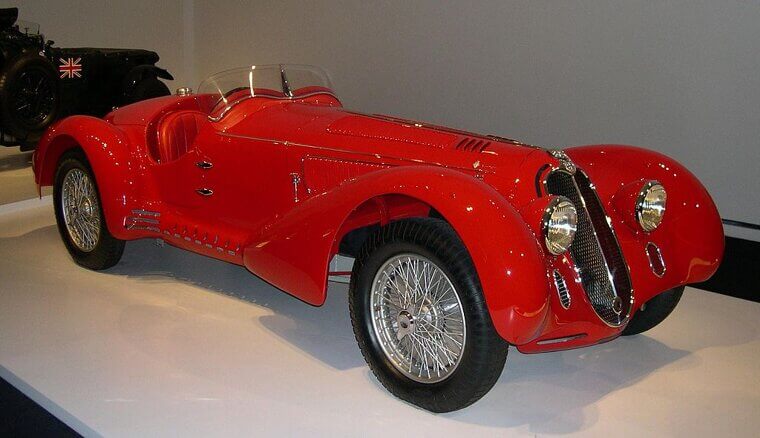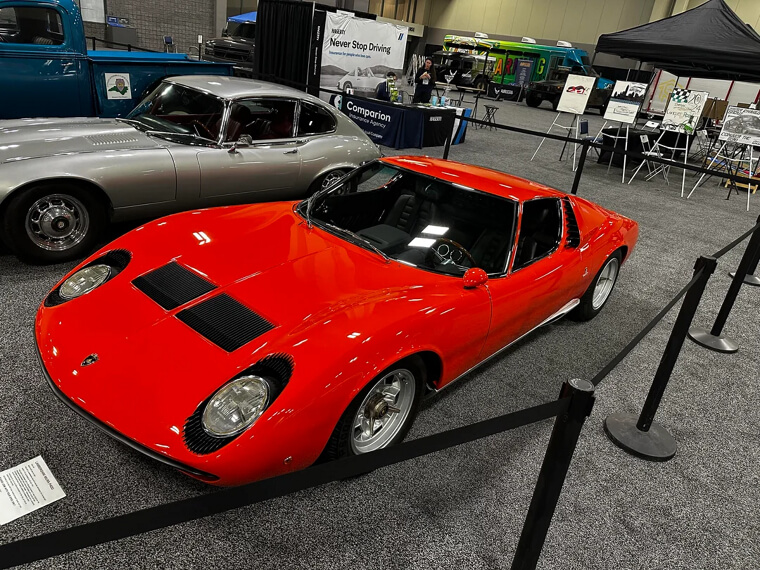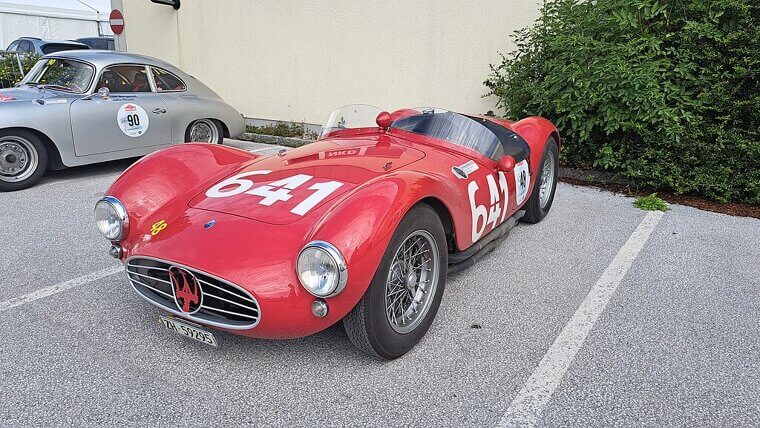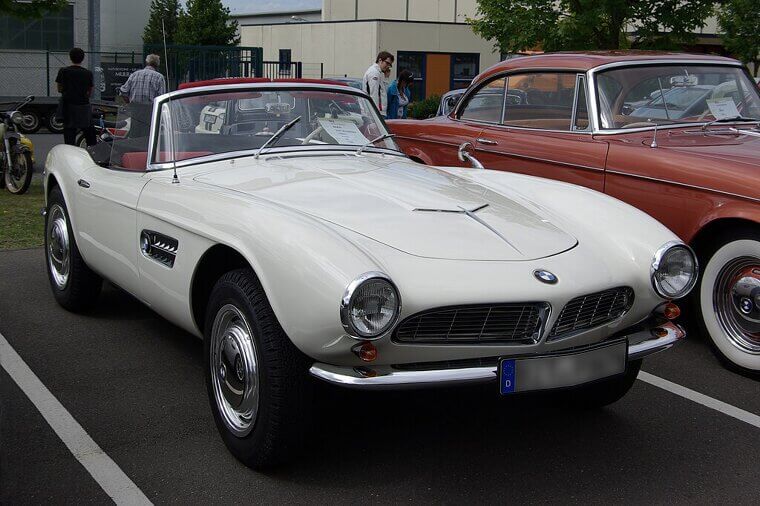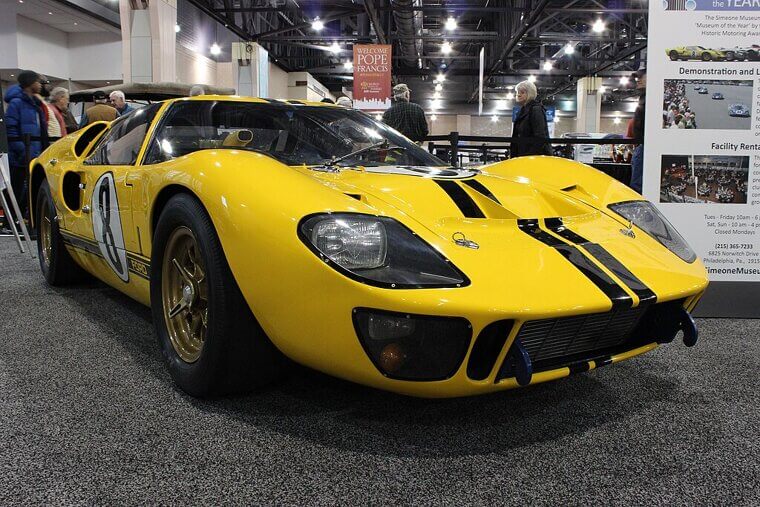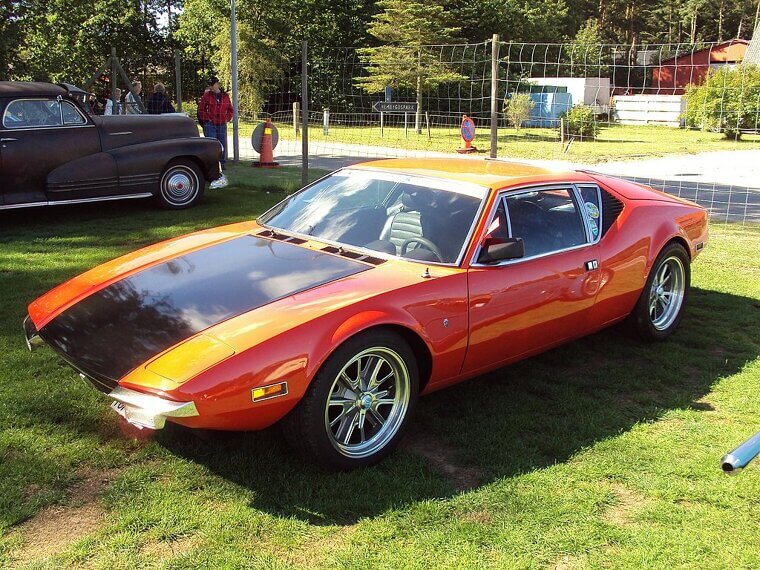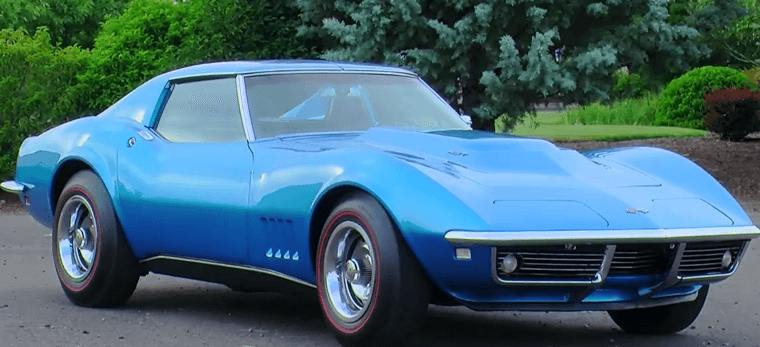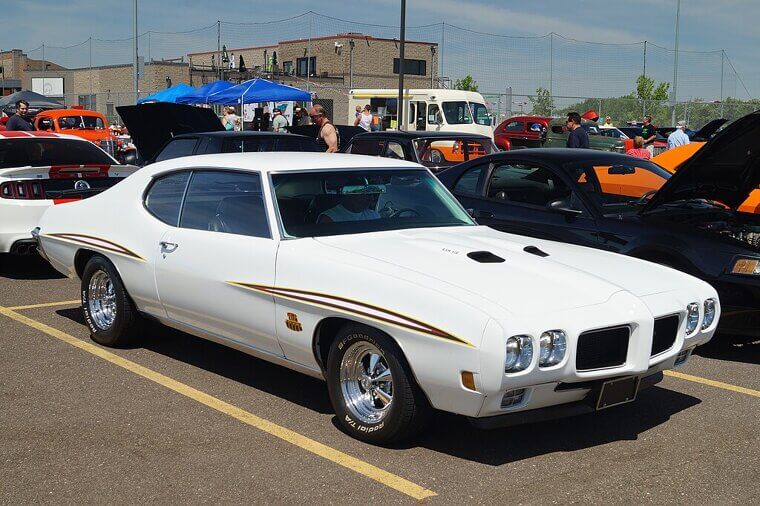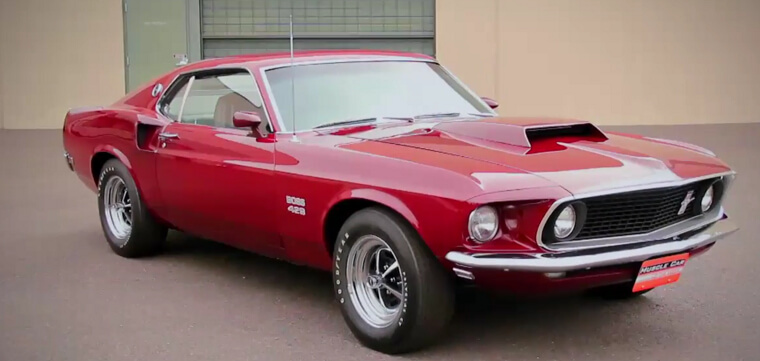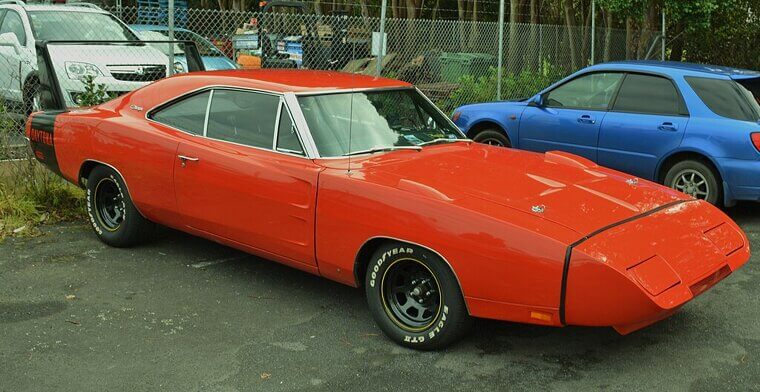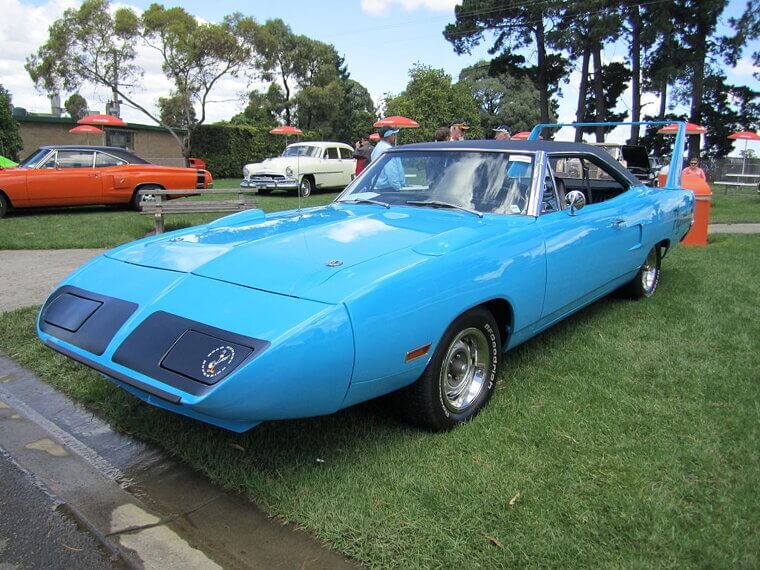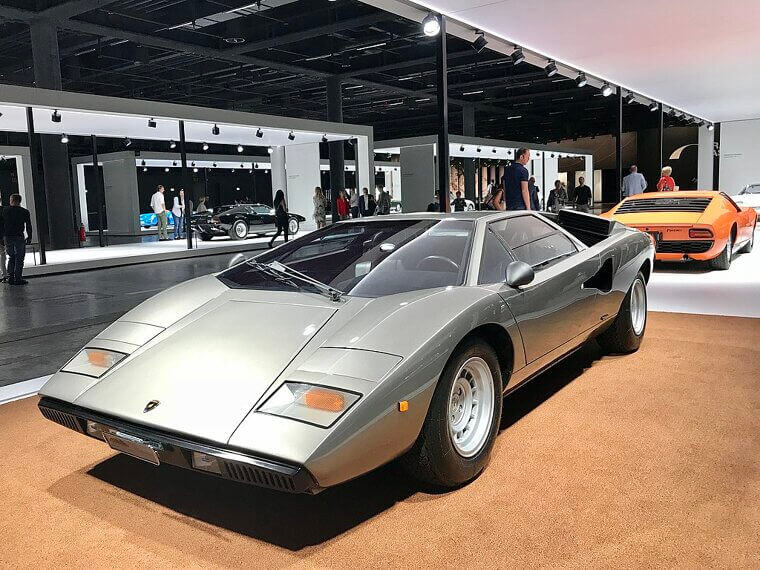Ferrari 250 GTO (1962-1964)
The Ferrari 250 GTO transcended vehiclehood to become a crown jewel of automotive collecting. With only 36 ever built, its curvaceous body, V12 roar, and racing pedigree have made it legendary. Auctions now see prices eclipsing $70 million, proving scarcity is sexy.
Every angle of this car screams perfection, from its wire wheels to its sculpted fenders. Driving one is fantasy; owning one is near-impossible. The 250 GTO defines “unobtainable desire,” the car that made the world sit up and say, “Yes, this is art on wheels.” Legends like this don’t depreciate; they ascend.
Every angle of this car screams perfection, from its wire wheels to its sculpted fenders. Driving one is fantasy; owning one is near-impossible. The 250 GTO defines “unobtainable desire,” the car that made the world sit up and say, “Yes, this is art on wheels.” Legends like this don’t depreciate; they ascend.
Aston Martin DB4 GT Zagato (1960-1963)
The DB4 GT Zagato was born from a romance between British elegance and Italian flair. Lightweight, sleek, and rare (only 19 were ever built) it turned heads on the track and in city streets alike. Its twin-cam engine purred like poetry, while its bodywork was pure Giugiaro magic.
Today, a surviving DB4 GT Zagato fetches astronomical sums, proof that art and performance make a lethal combination. Owning one is like holding history in your hands: craftsmanship, speed, and beauty perfectly intertwined. It’s the car collectors dream about, and the one that haunts both garages and imaginations.
Today, a surviving DB4 GT Zagato fetches astronomical sums, proof that art and performance make a lethal combination. Owning one is like holding history in your hands: craftsmanship, speed, and beauty perfectly intertwined. It’s the car collectors dream about, and the one that haunts both garages and imaginations.
Shelby Cobra 427 (1965-1967)
The Shelby Cobra 427 is pure adrenaline in steel. A tiny British roadster chassis married to a monstrous American V8; the result was thunder on wheels. Its reputation for instant speed and terrifying torque made it mythical on the track and terrifying at stoplights. With just over 300 built, originality is rare and dearly priced.
Driving one is a sensory overload: the exhaust, the vibration, the unmistakable silhouette. Even parked, the Cobra 427 commands respect, demanding a nod from enthusiasts and envy from everyone else. It’s the ultimate 1960s transatlantic power fantasy, and it’s still feral decades later.
Driving one is a sensory overload: the exhaust, the vibration, the unmistakable silhouette. Even parked, the Cobra 427 commands respect, demanding a nod from enthusiasts and envy from everyone else. It’s the ultimate 1960s transatlantic power fantasy, and it’s still feral decades later.
4 Jaguar XKSS (1957)
The Jaguar XKSS is a survivor story wrapped in sleek aluminum. Only 16 of these street-legal D-Types escaped the Le Mans-inspired wreckage of 1957, making it rarer than most museum exhibits. Its long nose and flowing fenders are timeless, creating a perfect blend of racing heritage and street usability.
Inside, it’s intimate and visceral - a car you feel as much as drive. Collectors drool over the XKSS not just for speed, but for the story embedded in every panel. Owning one is less about transport, more about carrying a legend. It’s a rare ghost of Jaguar’s golden racing era.
Inside, it’s intimate and visceral - a car you feel as much as drive. Collectors drool over the XKSS not just for speed, but for the story embedded in every panel. Owning one is less about transport, more about carrying a legend. It’s a rare ghost of Jaguar’s golden racing era.
Mercedes-Benz 300SL Gullwing (1954-1957)
The 300SL Gullwing is the poster child for automotive romance. Its doors sweep upward like wings, hinting at the performance hidden beneath: a 215-horsepower straight-six and a top speed of 160 mph (that’s breathtaking for the mid-1950s). With only 1,400 ever created, it’s a car that stops hearts at auctions and concours alike.
Driving one is a cinematic experience, every corner and gearshift a dance. The Gullwing wasn’t just fast; it was futuristic, elegant, and unaccountably rare. It’s the automotive equivalent of a first edition and a legend that cemented Mercedes-Benz as a builder of dreams.
Driving one is a cinematic experience, every corner and gearshift a dance. The Gullwing wasn’t just fast; it was futuristic, elegant, and unaccountably rare. It’s the automotive equivalent of a first edition and a legend that cemented Mercedes-Benz as a builder of dreams.
Bugatti Type 57SC Atalante (1937-1940)
The Type 57SC Atalante is a car that reads like a love letter to the 1930s; sleek, curvaceous, and impossibly elegant. Only a handful survive today, making it a true collector’s grail! Its supercharged straight-eight engine delivered both speed and sophistication, while the coachbuilt bodywork was art in metal.
Owning one is like holding a piece of history that doubles as a sculpture. At auctions, these cars command astronomical sums, proving that rarity plus style equals eternal desirability. The Atalante isn’t just driven - it’s revered, photographed, and dreamt about.
Owning one is like holding a piece of history that doubles as a sculpture. At auctions, these cars command astronomical sums, proving that rarity plus style equals eternal desirability. The Atalante isn’t just driven - it’s revered, photographed, and dreamt about.
Porsche 356 Carrera 2 GS (1962-1965)
The 356 Carrera 2 GS embodies Porsche’s early mastery of lightweight engineering and performance. Compact, nimble, and sporting a four-cam engine, it’s the precursor to the 911 legend. Only a small number survive - many with painstaking restorations - making it a rare trophy for collectors.
Its flowing lines and racing pedigree combine into a car that’s both beautiful and thrilling. Driving one today is a lesson in finesse, reminding enthusiasts why Porsche’s DNA is so coveted. The Carrera 2 GS proves that even a diminutive coupe can cast a massive shadow on automotive history.
Its flowing lines and racing pedigree combine into a car that’s both beautiful and thrilling. Driving one today is a lesson in finesse, reminding enthusiasts why Porsche’s DNA is so coveted. The Carrera 2 GS proves that even a diminutive coupe can cast a massive shadow on automotive history.
Alfa Romeo 8C 2900 (1937-1939)
The Alfa Romeo 8C 2900 is speed and elegance distilled into a pre-war masterpiece. Its supercharged straight-eight engine dominated European racing, while its hand-built coachwork made each one a unique work of art. Only a few survive, and when they appear at auctions, bids soar into the tens of millions.
Driving an 8C 2900 is like steering history itself - every rev is a reminder of Alfa’s ingenuity and craftsmanship. Rare doesn’t begin to cover it; this is automotive mythology, a car that’s as much about legacy as it is about horsepower.
Driving an 8C 2900 is like steering history itself - every rev is a reminder of Alfa’s ingenuity and craftsmanship. Rare doesn’t begin to cover it; this is automotive mythology, a car that’s as much about legacy as it is about horsepower.
Lamborghini Miura P400 (1966-1973)
The Miura P400 is where Lamborghini’s genius truly ignited. Mid-engine, low-slung, and impossibly gorgeous, it defined the supercar concept before anyone else even thought to try. Its V12 purrs like a finely tuned symphony, and its prowling stance still turns heads decades later.
Limited production means each one is a precious artifact, collectible both for its looks and its role in automotive history. Owning a Miura isn’t just possession; it’s a declaration: style, speed, and audacity are forever intertwined. It’s the blueprint for everything exotic that followed, yet it still feels otherworldly today.
Limited production means each one is a precious artifact, collectible both for its looks and its role in automotive history. Owning a Miura isn’t just possession; it’s a declaration: style, speed, and audacity are forever intertwined. It’s the blueprint for everything exotic that followed, yet it still feels otherworldly today.
Maserati A6GCS/53 (1953-1955)
The Maserati A6GCS/53 is a tiny Italian masterpiece built for track and road alike with a lightweight chassis, straight-six engine, and bespoke Zagato bodywork that make it the definition of rarefied performance. Only a handful exist (often in private collections or high-stakes auctions) and their value is as much about history as horsepower.
Every curve and panel tells a story of 1950s Italian craftsmanship at its zenith. Driving one is an intimate, almost theatrical experience - a car that feels like an art gallery you can steer. The A6GCS/53 is collectible magic, the kind that leaves enthusiasts breathless.
Every curve and panel tells a story of 1950s Italian craftsmanship at its zenith. Driving one is an intimate, almost theatrical experience - a car that feels like an art gallery you can steer. The A6GCS/53 is collectible magic, the kind that leaves enthusiasts breathless.
BMW 507 (1956-1959)
The BMW 507 is elegance in steel, a roadster that could make a grown gearhead weep. With only 252 ever built, its soft curves, long hood, and small-block V8 were pure 1950s sophistication. Its association with Elvis Presley adds pop culture gravitas, while collectors obsess over its combination of rarity, beauty, and performance.
Taking one on the road’s akin to piloting a piece of cinematic history - each gearshift a brushstroke on a moving canvas. The 507 isn’t just a car; it’s BMW’s most cherished early masterpiece, a timeless statement of style and craftsmanship.
Taking one on the road’s akin to piloting a piece of cinematic history - each gearshift a brushstroke on a moving canvas. The 507 isn’t just a car; it’s BMW’s most cherished early masterpiece, a timeless statement of style and craftsmanship.
Ford GT40 Mk II (1966)
The GT40 Mk II was Ford’s ultimate answer to Le Mans dominance, and it delivered with fury! Powered by a big-block V8, it wasn’t just fast - it humiliated Ferrari on the track. Only a few Mk IIs survive in pristine condition today, making them legends in both racing and collector circles.
Its low, menacing stance and aerodynamic precision scream purpose-built speed. Owning one is more than prestige; it’s a piece of motorsport history. The GT40 Mk II embodies the thrill, drama, and audacity of 1960s endurance racing, still awe-inspiring decades later.
Its low, menacing stance and aerodynamic precision scream purpose-built speed. Owning one is more than prestige; it’s a piece of motorsport history. The GT40 Mk II embodies the thrill, drama, and audacity of 1960s endurance racing, still awe-inspiring decades later.
De Tomaso Pantera (1971-1992)
The Pantera is a rare example of Italian-American collaboration gone spectacularly right. De Tomaso provided exotic design and mid-engine flair; Ford supplied the brutal V8 power. The result was a wild, low-slung supercar with attitude to spare. While production numbers were higher than some contemporaries, finding a pristine Pantera today is a challenge.
Its wedge shape, pop-up headlights, and thunderous exhaust capture the boldness of the 1970s supercar era, making it a sought-after collector’s gem. Even in the modern day it still feels like a rebellion, a reminder that Italian style and American muscle can coexist beautifully.
Its wedge shape, pop-up headlights, and thunderous exhaust capture the boldness of the 1970s supercar era, making it a sought-after collector’s gem. Even in the modern day it still feels like a rebellion, a reminder that Italian style and American muscle can coexist beautifully.
Chevrolet Corvette L88 (1967-1969)
The L88 Corvette is the pinnacle of American performance engineering. Designed for the track, its 427 big-block V8 could annihilate the quarter-mile, and only 216 were built. It stripped luxury in favor of raw speed, making it a true racer’s Corvette. Today, collectors pay enormous sums for surviving examples, often exceeding several million dollars at auction.
Its iconic Stingray body, aggressive stance, and racing credentials make it a legend. The L88 isn’t just rare; it’s a symbol of a fearless era when horsepower ruled supreme and Corvette engineers dared to defy limits.
Its iconic Stingray body, aggressive stance, and racing credentials make it a legend. The L88 isn’t just rare; it’s a symbol of a fearless era when horsepower ruled supreme and Corvette engineers dared to defy limits.
Pontiac GTO Judge (1969-1971)
“The Judge” was Pontiac’s way of saying, “Muscle ain’t subtle.” With outrageous graphics, bold stripes, and optional Ram Air engines, it was performance theatre on wheels. Only a limited number of Judges were built, and their combination of style and power makes them priceless to collectors today.
The car wasn’t just about speed; it had attitude, swagger, and a sense of humor that perfectly captured the late ’60s. Owning one now is like holding a piece of cultural history: raw, flashy, and unapologetically fun. The Judge remains a poster child for the golden age of American muscle.
The car wasn’t just about speed; it had attitude, swagger, and a sense of humor that perfectly captured the late ’60s. Owning one now is like holding a piece of cultural history: raw, flashy, and unapologetically fun. The Judge remains a poster child for the golden age of American muscle.
Ford Mustang Boss 429 (1969-1970)
The Boss 429 Mustang was pure engineering audacity. Built to dominate NASCAR, it featured a massive V8 tucked into a Mustang body, creating a car that was as wild as it was rare (only 1,358 were produced). Its bulging hood, aggressive stance, and legendary roar make it instantly recognizable, while collectors scramble for even the most modestly restored example.
Owning one is like harnessing a force of nature: raw, visceral, and impossible to ignore. The Boss 429 is the epitome of muscle car extremity; a perfect storm of rarity, performance, and legendary 1960s style.
Owning one is like harnessing a force of nature: raw, visceral, and impossible to ignore. The Boss 429 is the epitome of muscle car extremity; a perfect storm of rarity, performance, and legendary 1960s style.
Dodge Charger Daytona (1969-1970)
The Charger Daytona is aerodynamic audacity incarnate. That giant rear wing and nose cone weren’t just for show - they were built to conquer NASCAR. Only 503 were made, making it one of the rarest and most desirable muscle cars of the era. Its ram-air engines growled like beasts, and its distinctive silhouette is instantly iconic.
Today, a Daytona is a rolling trophy, the kind of car that turns every parking lot into a showroom. It’s history, speed, and style all in one. The Daytona didn’t just race; it made the world stop and stare.
Today, a Daytona is a rolling trophy, the kind of car that turns every parking lot into a showroom. It’s history, speed, and style all in one. The Daytona didn’t just race; it made the world stop and stare.
Plymouth Superbird (1970)
The Superbird is what happens when Chrysler decided NASCAR demanded cartoonish aggression. That swooping nose and towering wing gave it the ultimate aerodynamic edge… and a personality as big as its engine! With fewer than 1,900 built, it’s an icon of 1970s American muscle rarity.
Driving one feels like piloting a legend: absurd, fast, and unforgettable. It’s part science, part showmanship, all adrenaline. Collectors crave them not just for performance but for the audacious style that only a Superbird can deliver. It’s the muscle car equivalent of a superhero cape.
Driving one feels like piloting a legend: absurd, fast, and unforgettable. It’s part science, part showmanship, all adrenaline. Collectors crave them not just for performance but for the audacious style that only a Superbird can deliver. It’s the muscle car equivalent of a superhero cape.
Lamborghini Countach LP400 (1974-1978)
The LP400 Countach is Italian fantasy made real. Its wedge-shaped design, scissor doors, and snarling V12 made the world gasp in the ’70s (and, since it looks like a rolling art piece, still do today). Production numbers were limited, ensuring each Countach became an instant icon.
They’re a rocket on wheels, every corner and rev a symphony of danger and beauty. The Countach wasn’t practical, comfortable, or quiet - and that’s exactly why it’s iconic. To own one is to hold a slice of Lamborghini mythology, a car that forever defines exotic excess.
They’re a rocket on wheels, every corner and rev a symphony of danger and beauty. The Countach wasn’t practical, comfortable, or quiet - and that’s exactly why it’s iconic. To own one is to hold a slice of Lamborghini mythology, a car that forever defines exotic excess.
Ferrari Dino 246 GT (1969-1974)
The Dino 246 GT is Ferrari’s homage to lightweight handling and spirited design, but it also has a personal story: it's named after Enzo Ferrari’s son, Alfredo “Dino.” With a mid-mounted V6, flowing lines, and a compact footprint, it offered agility over raw power, yet remains breathtakingly beautiful. Its production was limited, which of course makes it increasingly rare and highly coveted by collectors.
Being behind the wheel of a Dino feels like dancing on asphalt: when it's done right, it's precise, thrilling, and elegant. Collectors prize it for style, emotion, and the story behind the Ferrari family legacy. The Dino isn’t just a car; it’s a poetic expression of Ferrari’s heart, captured in metal and motion.
Being behind the wheel of a Dino feels like dancing on asphalt: when it's done right, it's precise, thrilling, and elegant. Collectors prize it for style, emotion, and the story behind the Ferrari family legacy. The Dino isn’t just a car; it’s a poetic expression of Ferrari’s heart, captured in metal and motion.

